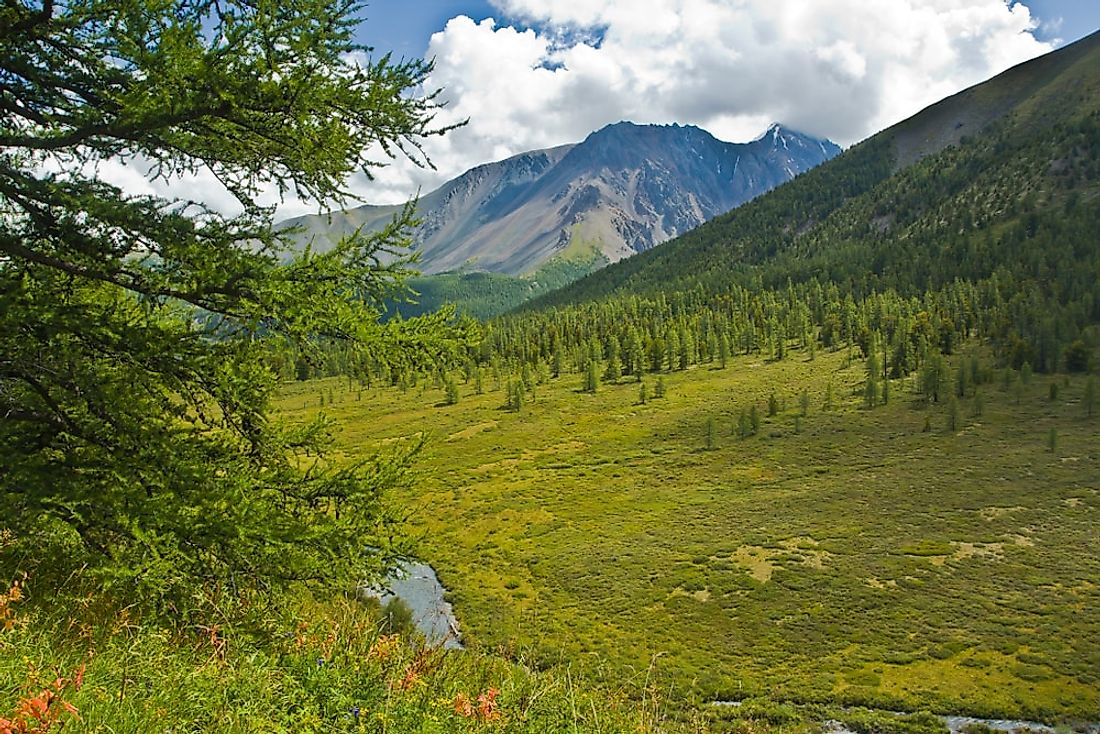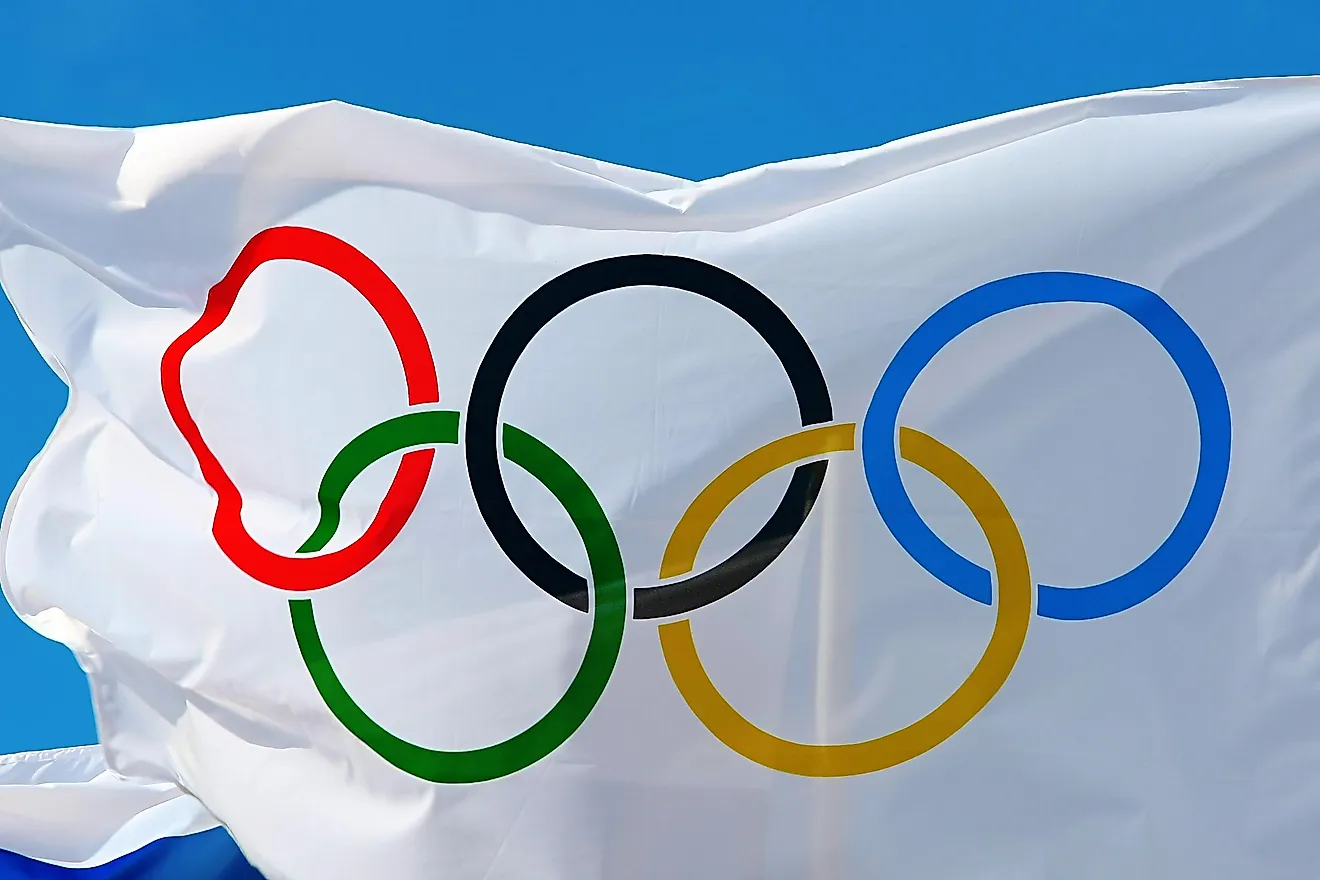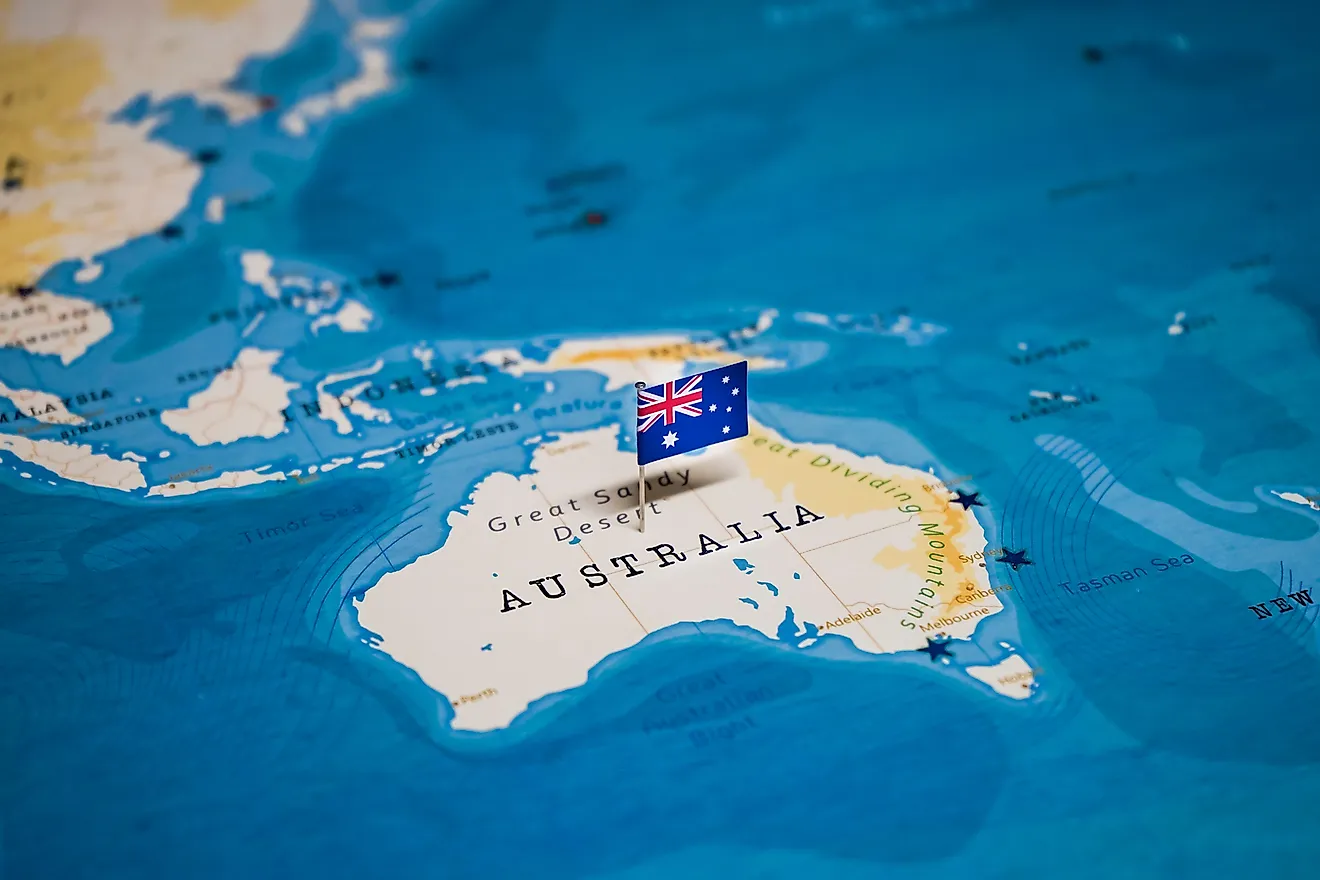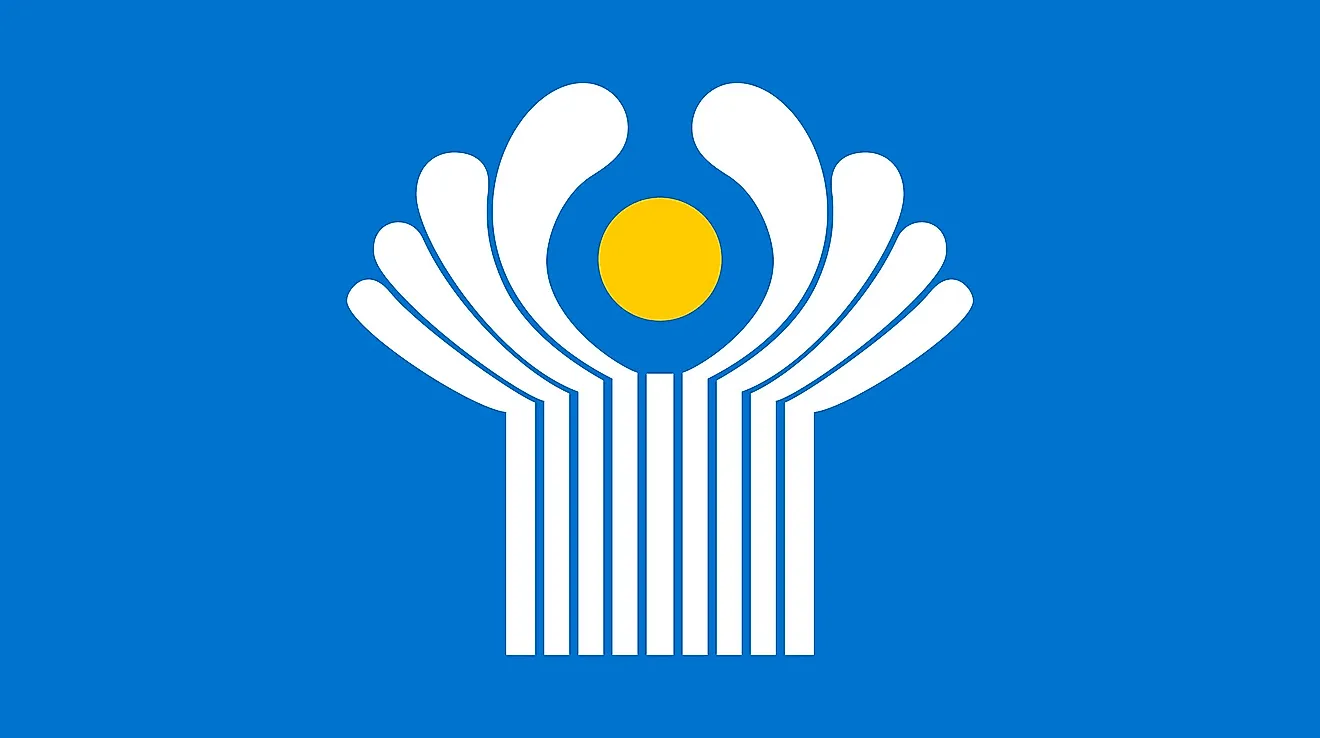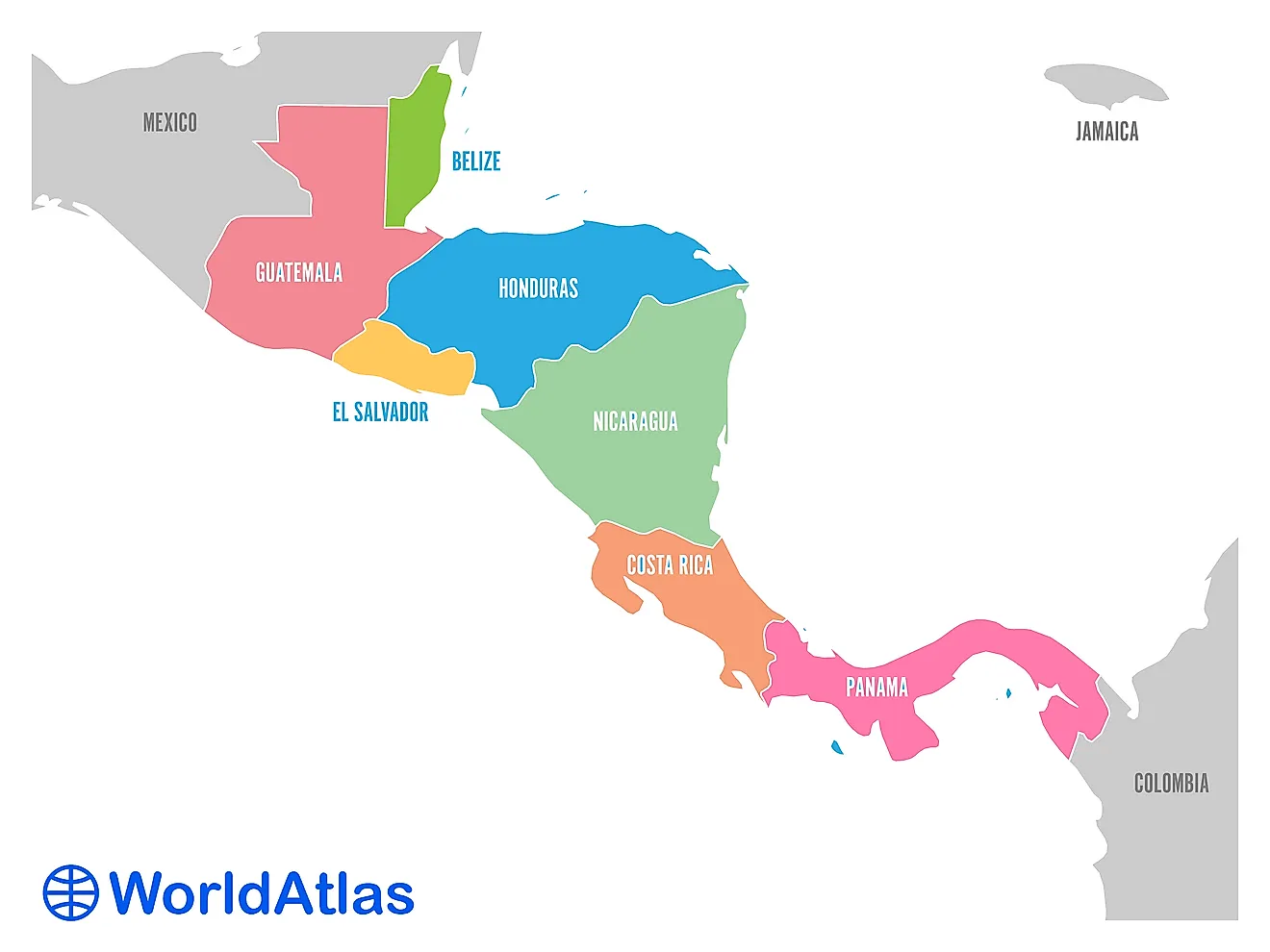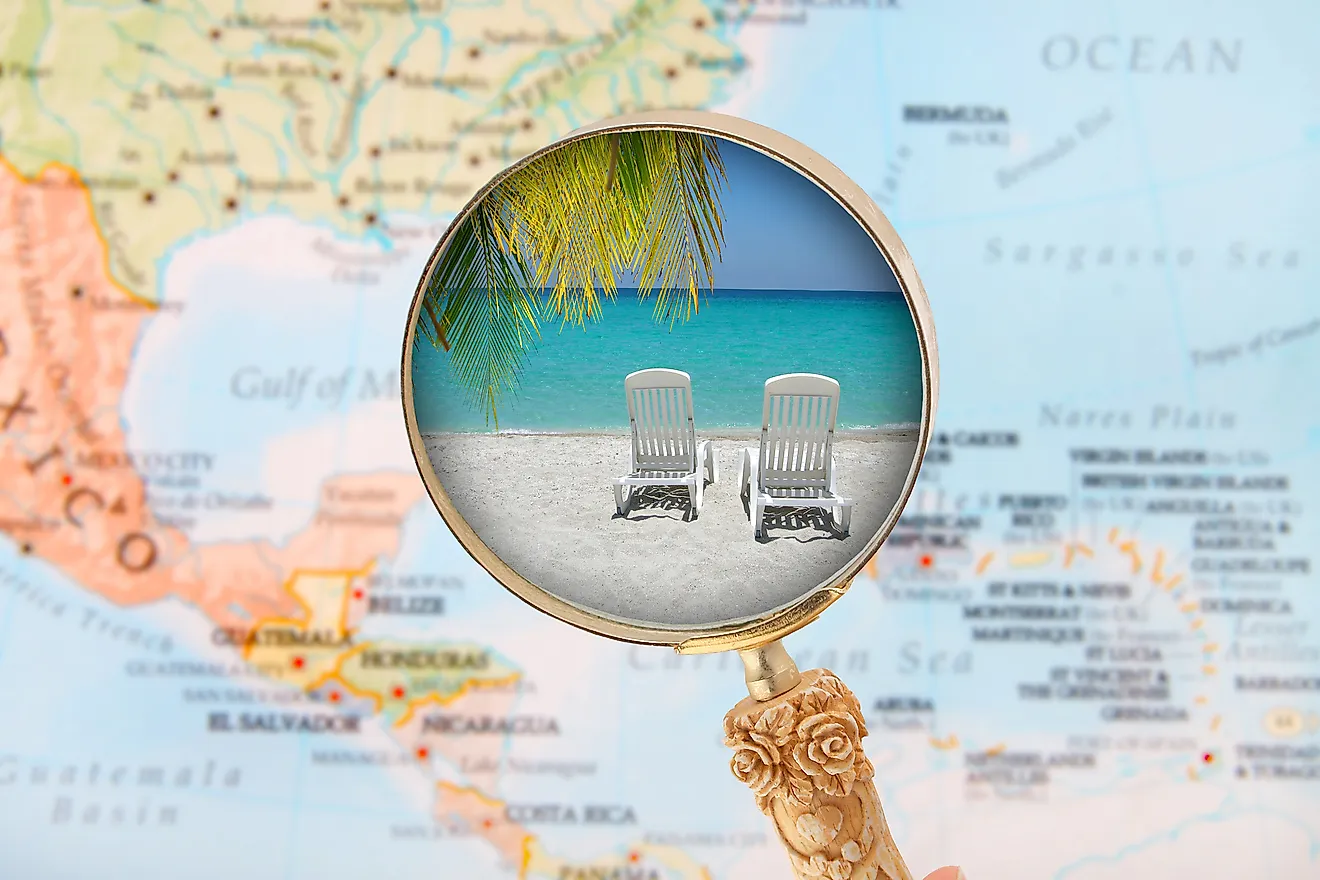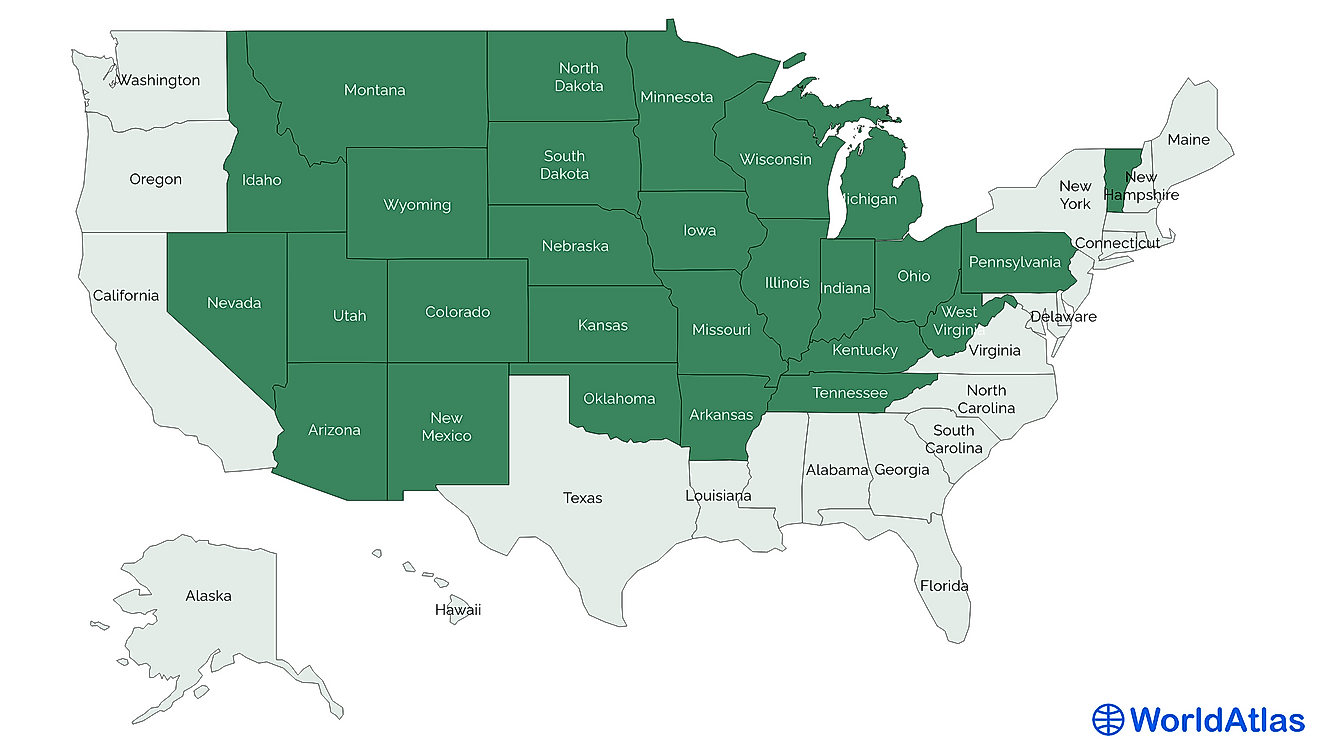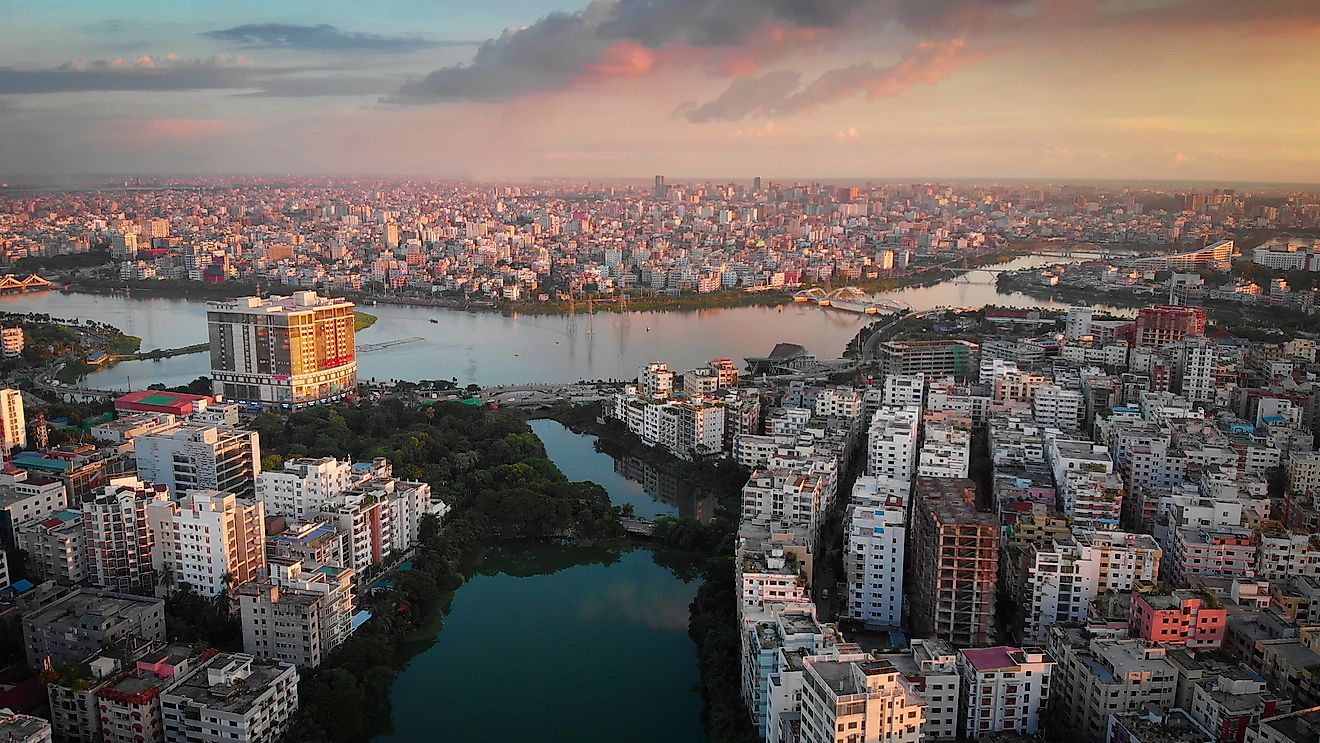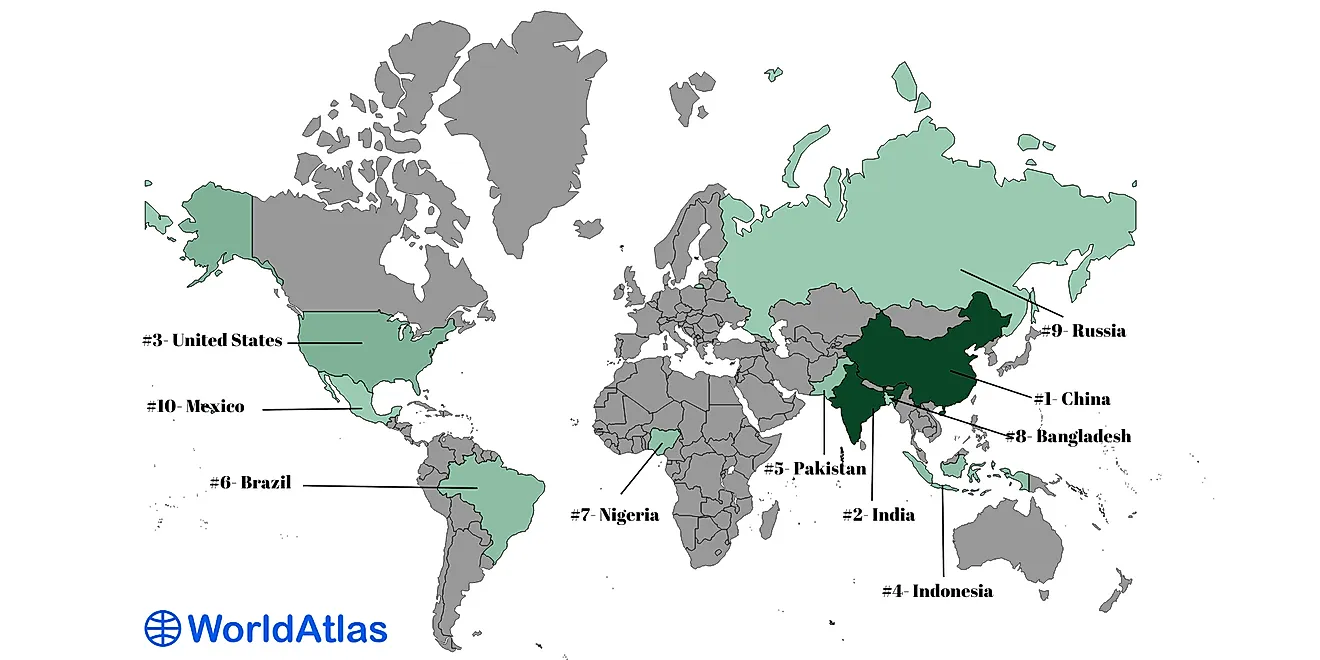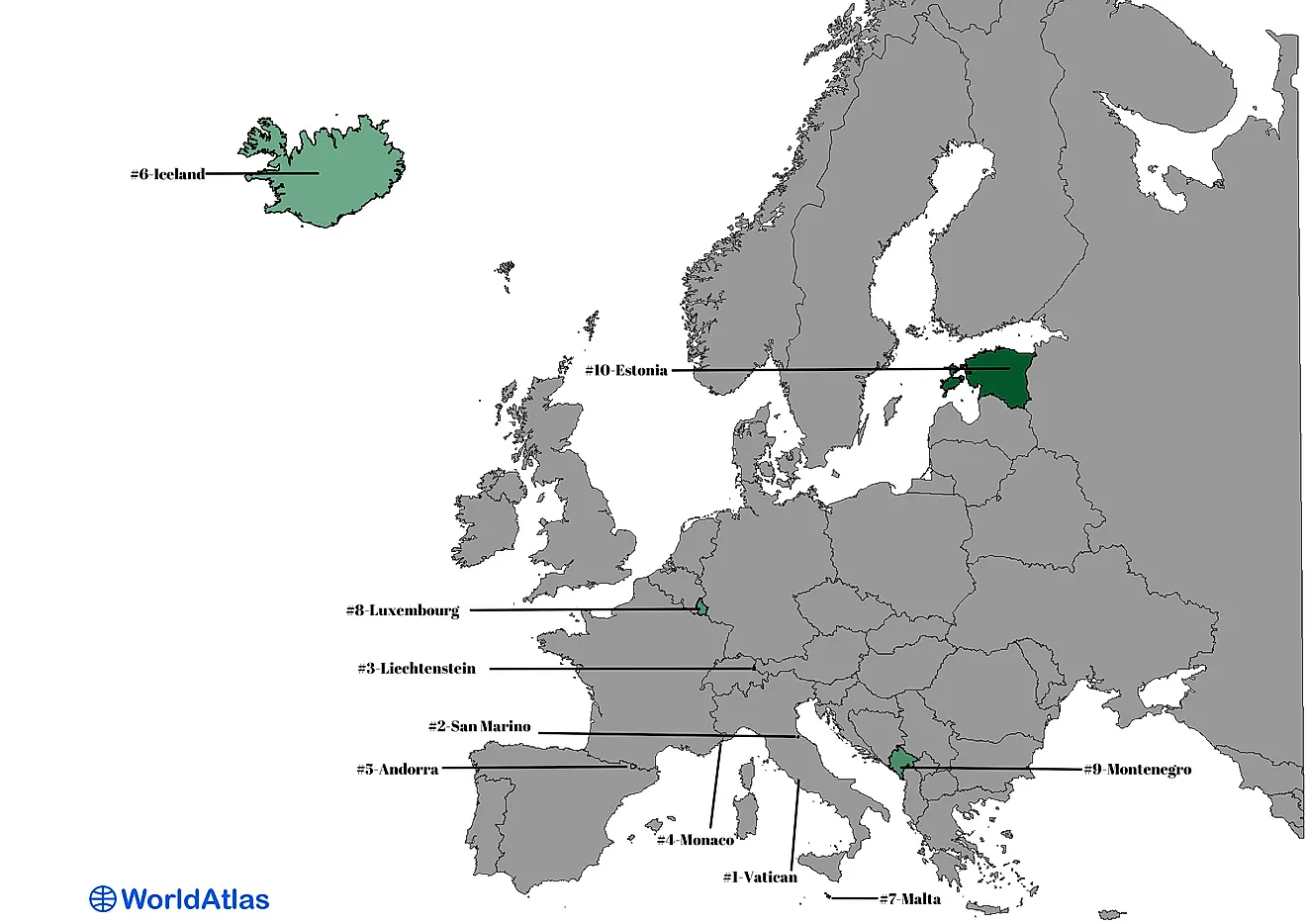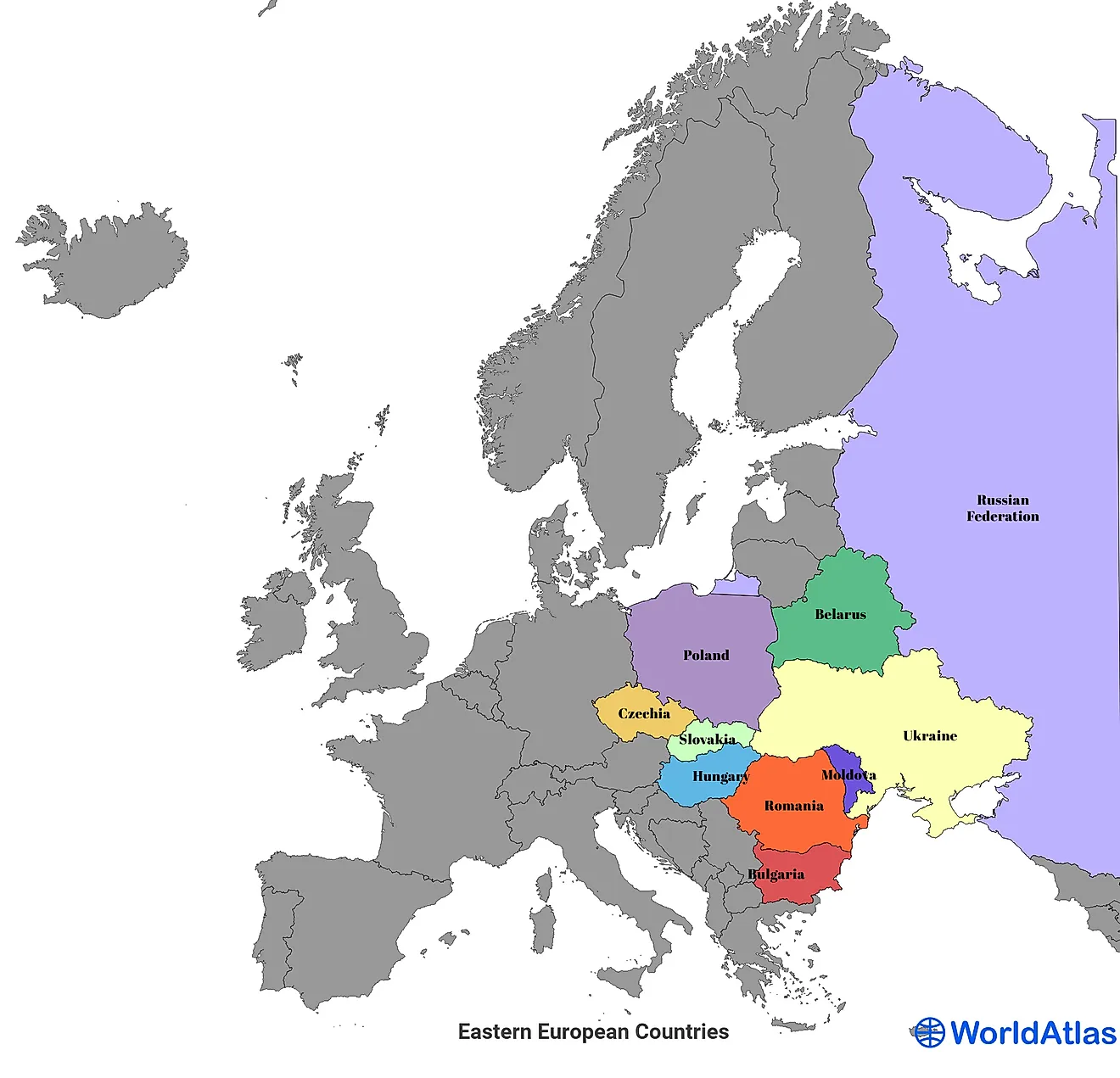Big Cities That Are Named After People

- George Vancouver negotiated with the Spaniards to take control of the coastal region he surveyed in detail during his expedition.
- Kyi, after whom Ukraine's capital was named, had two brothers and a sister, whose names were also commemorated in Kyiv's landmarks.
- Alexander the Great, taught by Aristotle, hired by his father for his teenage son, established Alexandria, only to never return to Egypt again.
There are many causes for the meanings behind city names. While at first, it may be given a temporary title, that is vaguely associated with the regional makeup, those tend to change rather quickly, to acquire a more significant meaning. Commonly, places get named according to the river they sit on; others, from the land people came from—adding the word "New" at the beginning.
Then, there are places named after people—whether the one who discovered the land or established the city, a person of significance, or a memorable individual in the lives of its people. Nonetheless, some cities named after someone may outgrow their name with changes in the beliefs and culture. Leningrad transformed into St. Petersburg, among a myriad of other cases. One fact remains: nowadays, a city's name represents its significant characteristic.
5. Alexandria, Egypt
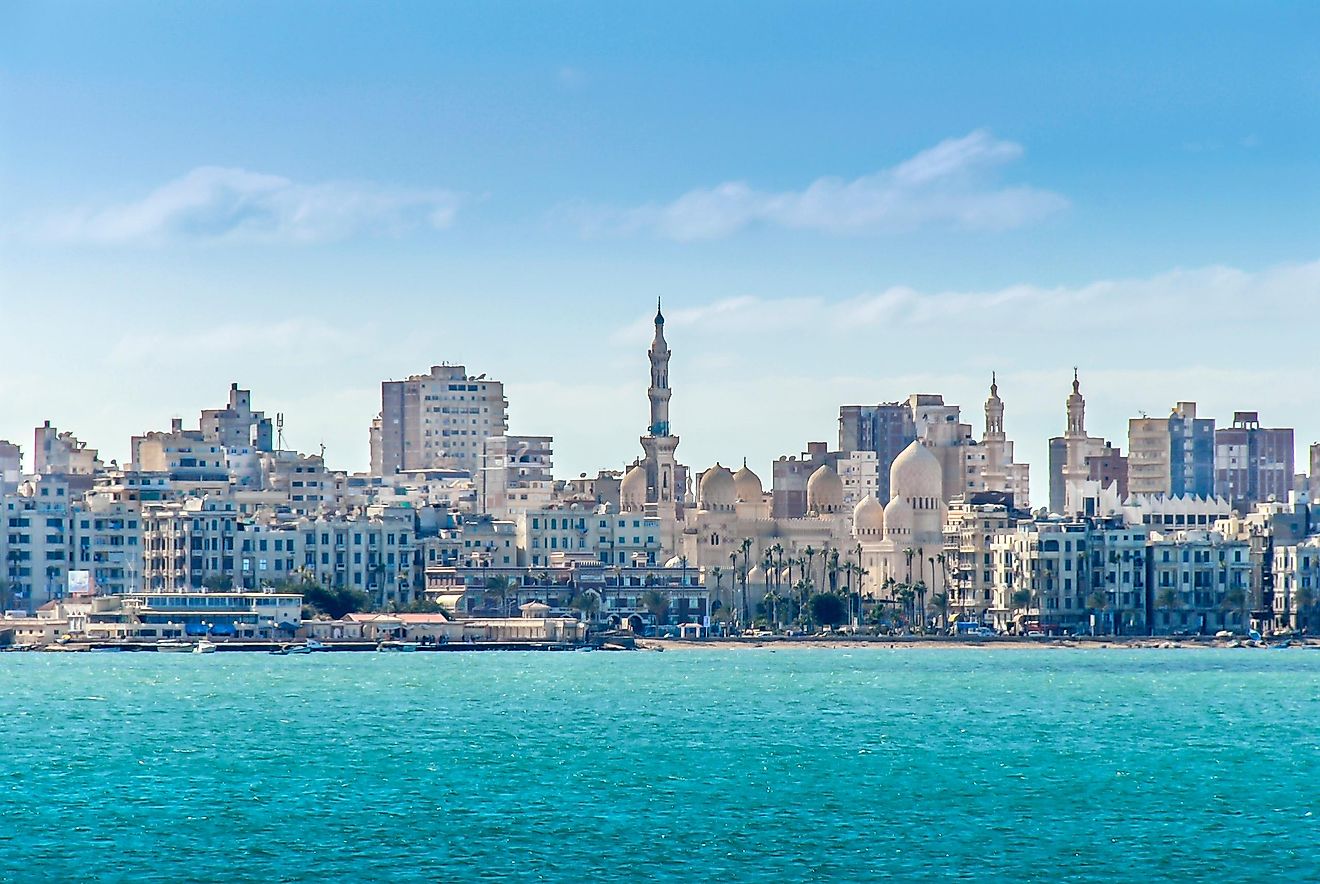
One blue-, one brown-eyed Alexander the Great of Macedonia conquered parts of Asia and India, Greece, Persia, and Egypt, among others. Known as one of the greatest generals in history, he was an ambitious child with a love for reading and music. Taught by Aristotle in his teenage years, he also developed a passion for science, which was translated into him recruiting soldiers with a background in botany and medicine for his army, to explore and analyze the lands that he conquered.
Loosely governed by Persia after the decline of the Egyptian Empire in the 7th century, Egyptains saw Alexander as their liberator when he took control of the land, pronouncing him the "master of the universe" and the descendent of the Egyptian God, Amun. Although promptly moving on to Persia, he established a new Greek capital, Alexandria, on the Mediterranean coast at the mouth of the Nile, never returning to Egypt again and leaving the Greek government in charge of his administration.
4. Bucharest, Romania
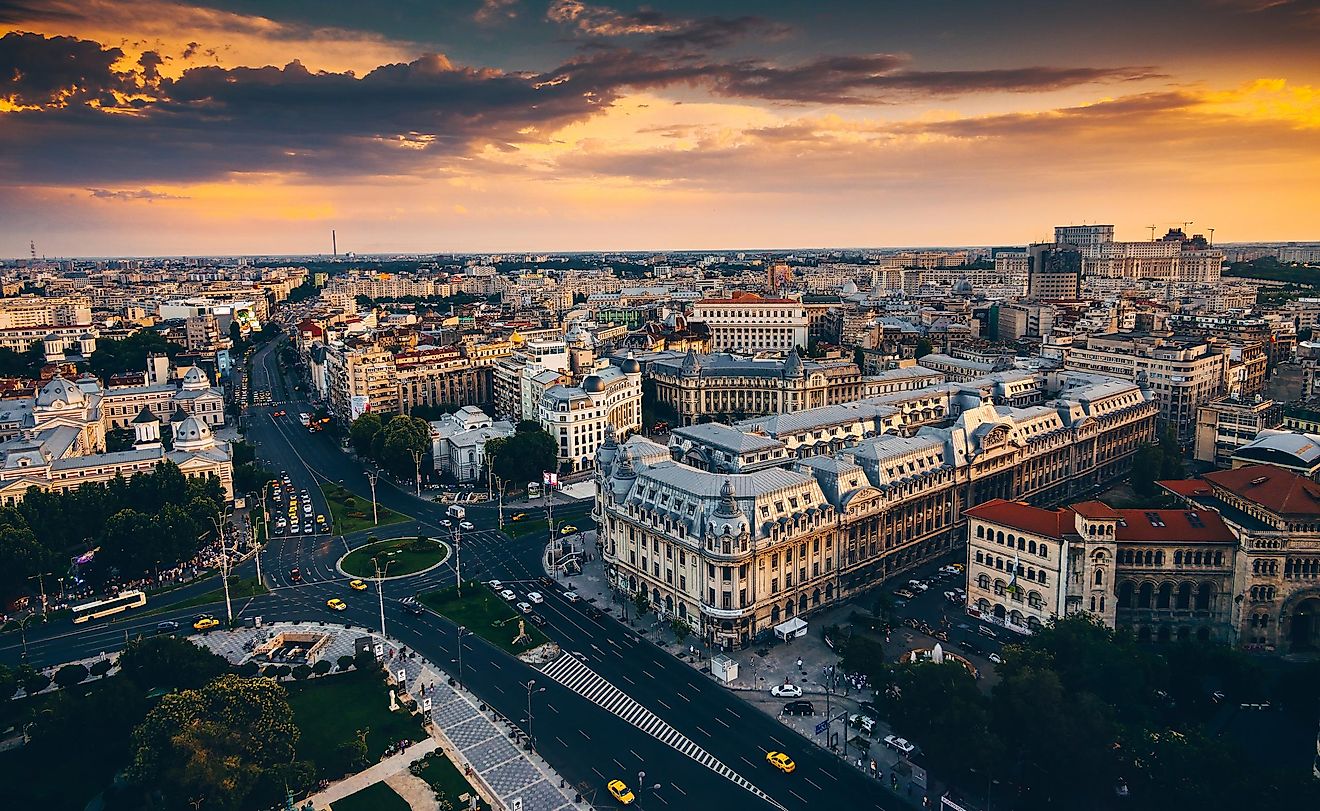
Although Bucharest is a relatively new city by European standards, there is archaeological evidence that there was a cluster of settlements in the area dating back 150,000 years. It was first mentioned by name in 1459, as the Citadel of Bucuresti, by scholars describing how Prince Vlad III the Impaler, built a fortress to defend the town from the Turks. Interestingly enough, the name Bucharest stuck, named after Bucur, a legendary shepherd, whose name literally means "joy"—accurately describing the feeling he brought to the people by playing his flute while guiding the sheep to pastures, or descending the hills after weeks of grazing.
Hitherto, the central city of Walachia, what is now Romania, was referred to as Dambovita as it sits on the banks of the Dambovita River, which flows eventually into the Danube. The legendary shepherd’s influence was powerful enough to retain the name for the city after becoming the capital of Walachia in 1659. Being rather rich and strong, Bucur successfully managed a large flock and many believe he built the Bucur Church, fashioned in a modest but radiant style and still there today, but this is debated.
3. Kyiv, Ukraine
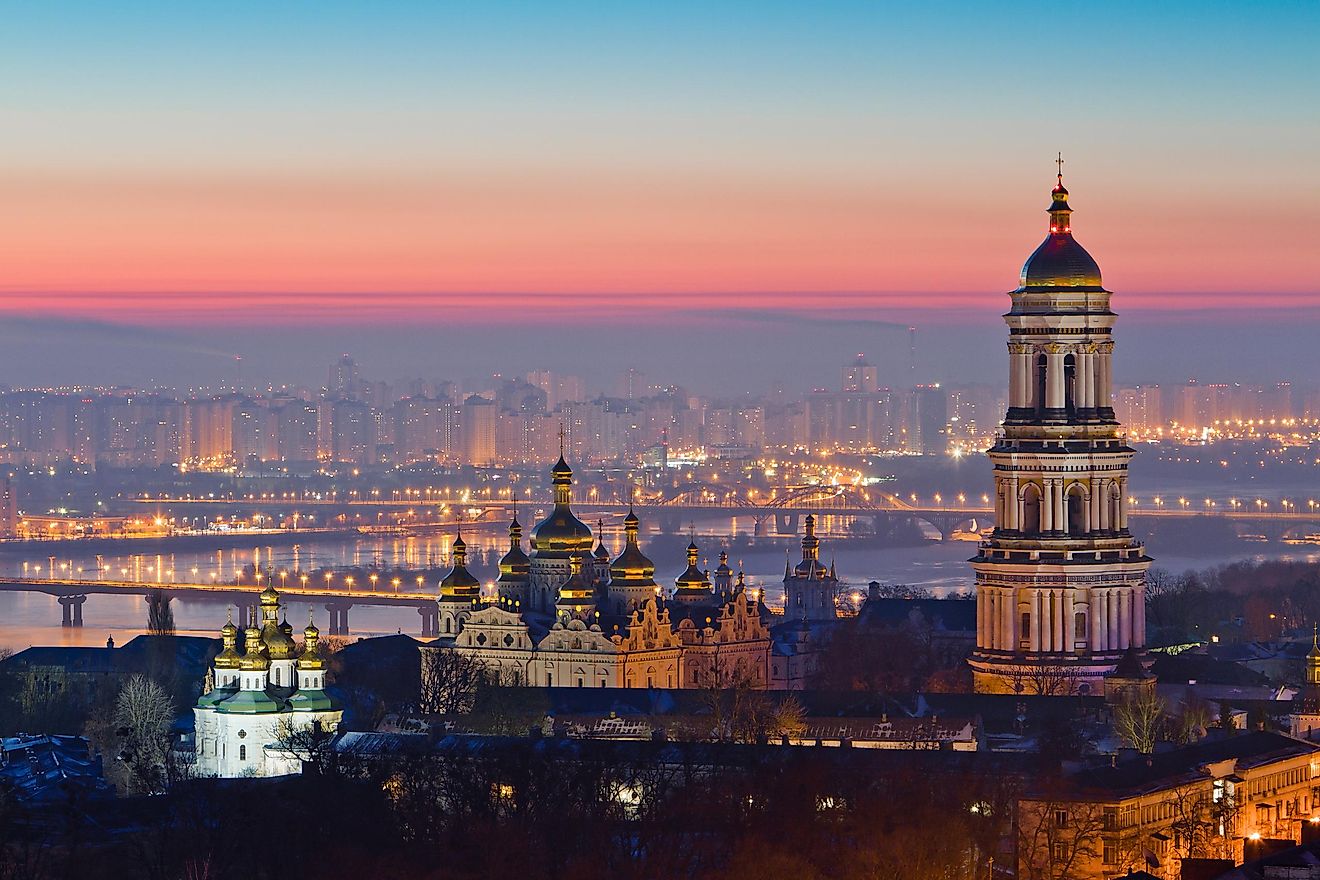
Perhaps the first historical fact little Ukrainian scholars learn, is that their capital city was established by three brothers, Kyi, Shchek and Khoryv, and their sister Lybid. The legend also describes Kyi as the Polyanian Prince. Archaeological evidence shows that starting from the 6th century, there was, in fact, an ancient settlement in this area. While Kyi may have been a real person, many believe that he was a knyaz (a prince) in the Eastern Slavic tribe of Polans, residing on both banks of the Dnieper River in 6th-9th centuries.
The English spelling is "Kyiv," which is also considered the Ukrainian version of pronunciation, while "Kiev," the Russian version, is not. Different parts of Kyiv today also incorporate some versions of the siblings' names, including Lybid being a small river flowing through the right bank of the city, Lybidska Square, Lybidska metro station, and the Lybid Hotel near the central railway station.
2. Rostov-on-Don, Russia
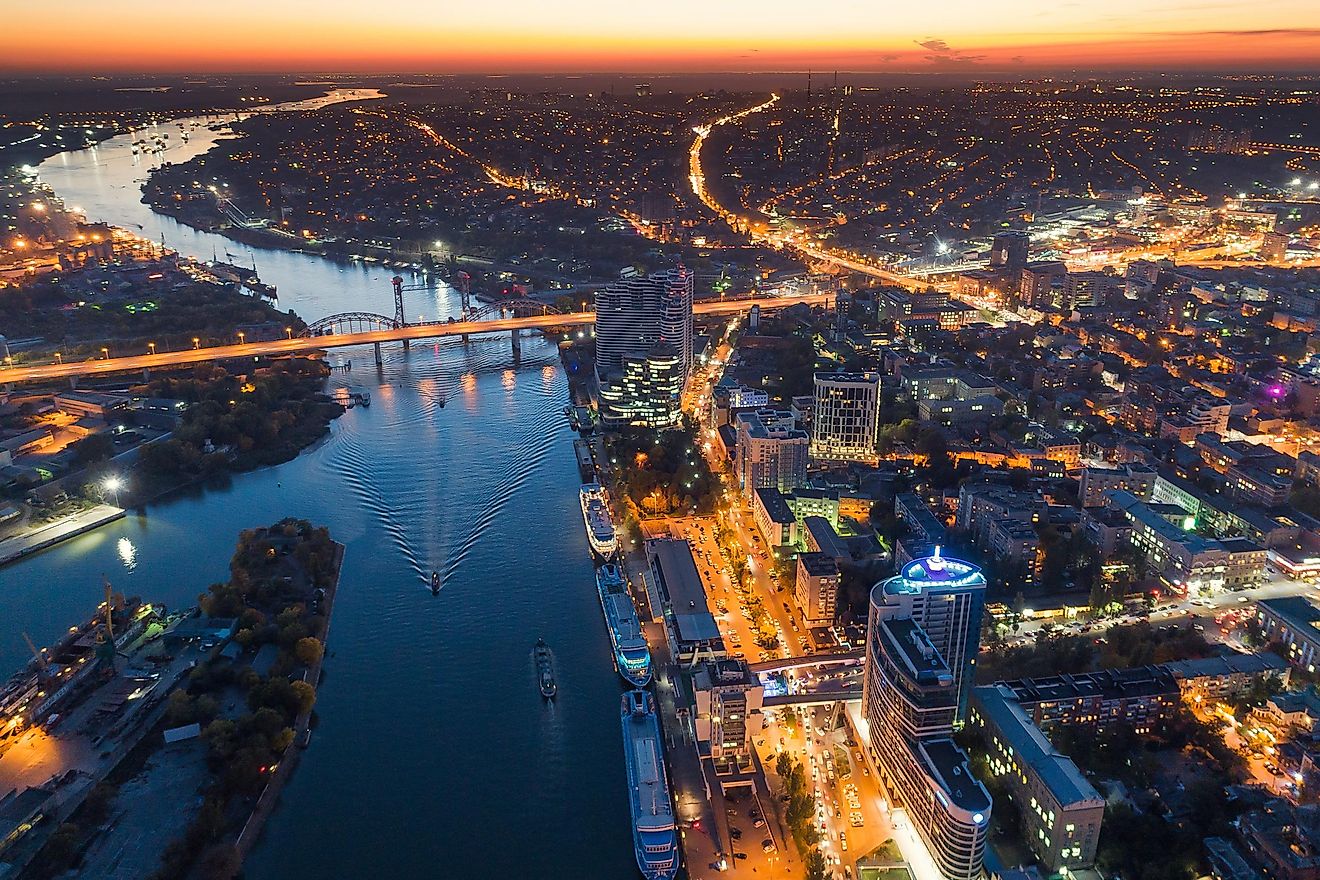
Historically and to this day, this city is significant to Russia's economy as a major trade center, founded in 1749 as a post of Temernika for customs on the Don River. Meanwhile, in 1651, present-day Kyiv region, Danilo Tuptalo is born in a lieutenant family, taking religious vows at the age of 17, and the name Dimitry (after Saint Demetrius of Thessalonika, as one must do in Orthodoxy if their name does not match a Saint), at St. Cyril's Monastery. He learned a number of languages and had other God-given talents which he used to do good for the people of his area, also preaching and attracting listeners at many monasteries, while rising in ranks.
Upon being entrusted by Petro Mogyla to assemble the Lives of the Saints collection, he was also called by Peter the Great to move to Siberia. While his poor health did not allow him to travel far and live in the cold, he, strongly believing that "one to whom much is given, much will be required", moved to the Russian port town, exalting himself in his new rank as the Metropolitan of the Rostov region, but always remaining a person of endless compassion. Known as Demetrius of Rostov, he built a school at which he often taught, and gave everything to others, leaving nothing for himself at the time of his death but holy books, sermons, and liturgical hymns, as well as the published collection, completed over the course of 20 years, for which all Orthodoxy is thankful, today. To commemorate his life and service, the city, which nowadays lies on the major road, rail, and pipelines for transporting oil and gas, acquired a new name: Rostov-on-Don.
1. Vancouver, Canada
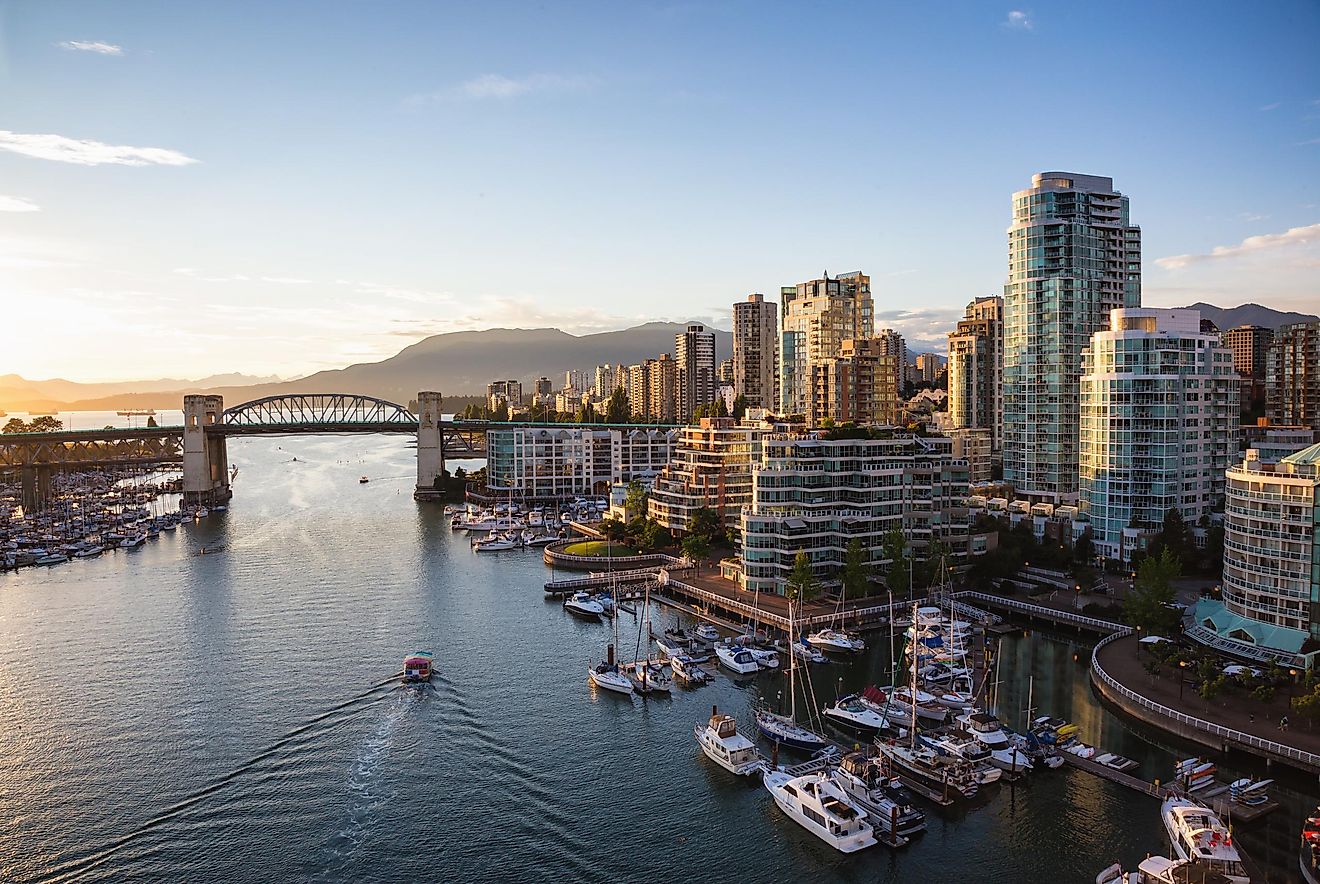
Long before becoming a small sawmilling settlement, called Granville, the region of present-day Vancouver was inhabited by the Squamish, Tsleil-Waututh, Musqueam (Xw'muthk'i'um), Tsawwassen, Coquitlam (Kwayhquitlam), Katzie and Semiahmoo First Nations. Their relatively high concentration in the area was due to the luscious forests suited for shelter and full of wildlife for hunting, coastal location with easy access to catch big fish, and a calm climate with the mountains hiding the area from wind gusts.
From 1791 to 1795, a weathered Royal Navy navigator of the seas, George Vancouver, completed one of the history's most detailed surveying feats by water, including San-Francisco to British Columbia, exploring the coast and negotiating with the landed Spaniards about taking control. Leaving volumes of his cartographic account after his death in 1798, he also wrote: "To describe the beauties of this region will on some future occasion be a very grateful task to the pen of a skilled panegyrist. The serenity of the climate, the innumerable pleasing landscapes, and the abundant fertility that unassisted nature puts forth, requires only to be enriched by the industry of man with villages, mansions, cottages, and other buildings."
In 1827, the Hudson's Bay Company set up Fort Langley in the area, and a gold rush in 1858 attracted a swarm of new European settlers and those from across the border. In fact, it was the American president of the Canadian Pacific Railway, William Van Horne, who suggested changing the name to Vancouver.
Cultural icons often have an influence on what the cities long-term name will be. City names are fluid however and almost never set in stone, with beliefs evolving and icons changing to consequently change the meaning of what the city represents.
